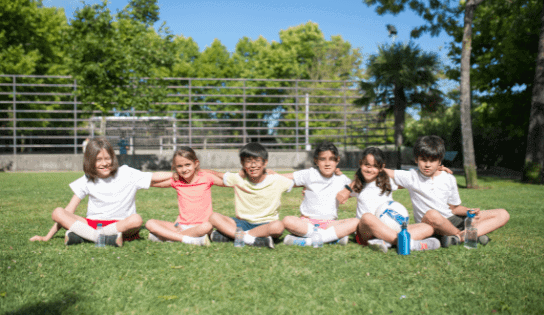
School-Based Mental Health Interventions Targeting Depression or Anxiety
This study was conducted in order to identify practical ways for teachers to create a socially inclusive environment for children who demonstrate persistent challenging behaviors (PCBs) and/or who have social-emotional delays.
19 May 2024


